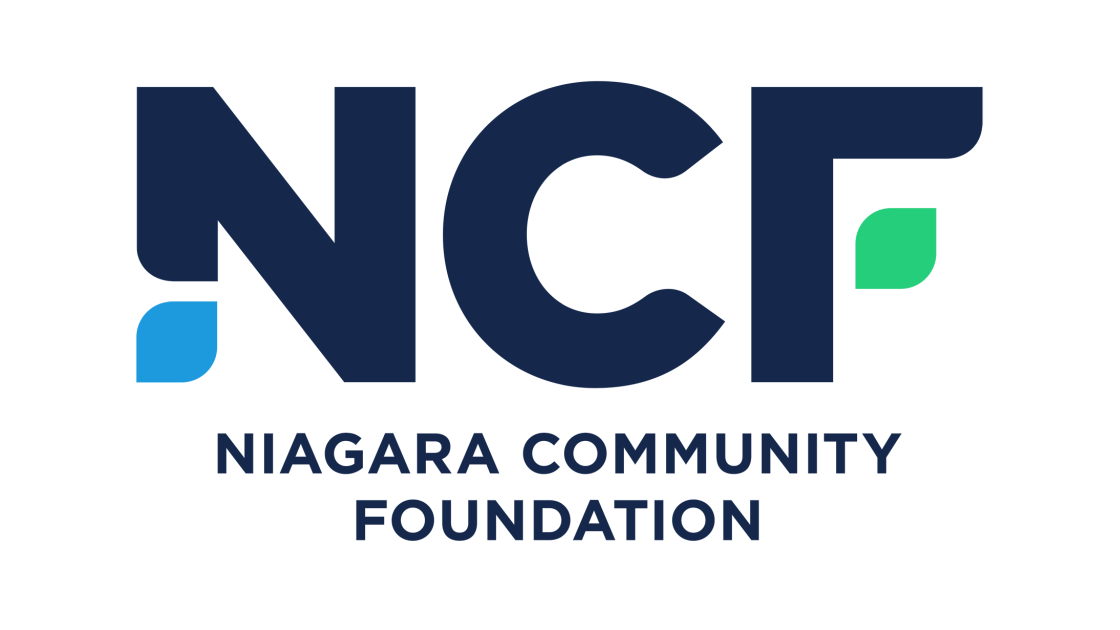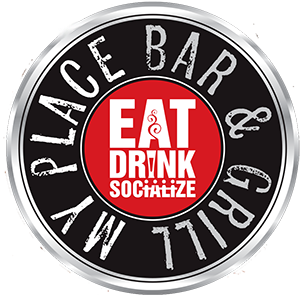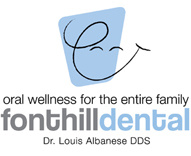 Protein is an important nutrient and fundamental to achieving a healthy diet throughout the lifespan. In this blog we will explore why protein is so important, and how requirements for protein can vary as we age, and examples of protein rich foods.
Protein is an important nutrient and fundamental to achieving a healthy diet throughout the lifespan. In this blog we will explore why protein is so important, and how requirements for protein can vary as we age, and examples of protein rich foods.
Our bodies are made up of thousands of different types of proteins, each with its own specific function. Some examples of these proteins include keratin (in hair) and actin (in muscle cells). All of these proteins exist in a constant cycle of breaking down and rebuilding.
This process requires fuel in the form of protein from our diet. We can think of the protein we consume as the building blocks required for this process. Our body can work more optimally if we fuel it adequately.
There are certain time periods in our lifetime that generate a greater demand for protein (or building blocks). For example, during periods of rapid growth (like adolescence or pregnancy) or times of repair (like after an illness or injury). In older adults, where we often see an age-related decline in lean muscle mass, consuming adequate protein can help slow down this process. Studies have shown that increased protein intake can lead to improved physical performance in this age group. This improvement in physical performance can be further enhanced by combining resistance (or strength training) with increased protein consumption (Lin et al., 2021). Think of it like this, strength training provides the stimulus for our muscles to get stronger and the protein we consume provides the building blocks for this change to occur.
Have a think about your own diet. Do each of your meals contain a source of protein? Common protein sources include meat, fish, chicken, dairy products (like eggs, yoghurt and cheese) and plant based proteins (like tofu). Other sources of protein you might be familiar with are whey protein drinks and protein bars. In older adults the recommended daily protein intake is 1-1.5 grams of protein per kg of body weight. For example, for a 175lb person this would amount to 80-100 grams of protein. Let’s explore how this could be achieved over the course of a day:
-
Breakfast: 250g greek yoghurt (25g protein)
-
Lunch: chicken breast (30g protein)
-
Dinner: can of tuna (28g protein)
-
Snack: protein shake (20g protein)
Approx. overall protein intake: 103g
This is just an example of how you could structure your diet to meet your protein needs. A helpful way to help achieve this could be to base your meals around a protein source and add supplementation (via shakes etc.) if required to help achieve the target amount. If all of this is a little overwhelming and you are not sure where to start, try adding just one extra source of protein to your diet each day and see how you get on.
Interested in harnessing the power or protein and resistance training to build your strength? Give us a call or drop us an email today and we would love to help you get started.
References
Lin, C.-C. et al. (2021) ‘Effects of adequate dietary protein with whey protein, leucine, and vitamin D supplementation on sarcopenia in older adults: An open-label, parallel-group study’, Clinical Nutrition, 40(3), pp. 1323–1329. doi:10.1016/j.clnu.2020.08.017.
 Back to myNiagaraOnline
Back to myNiagaraOnline































